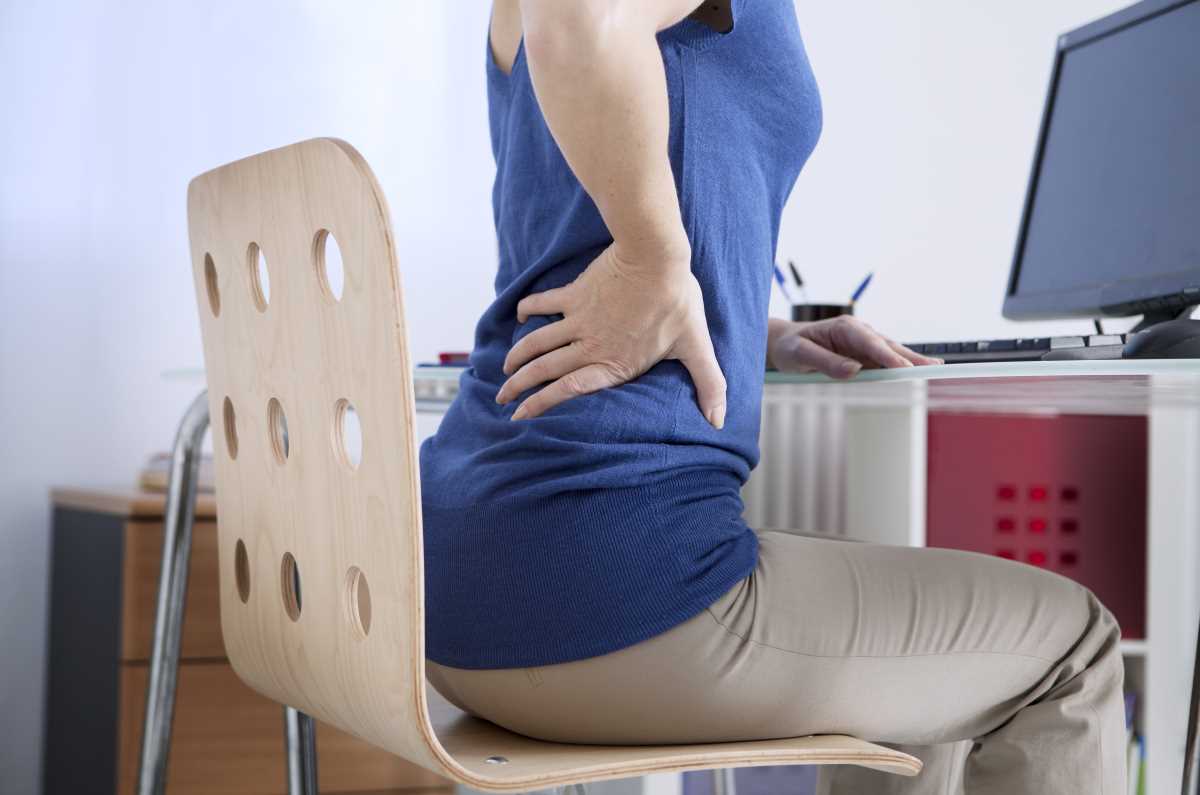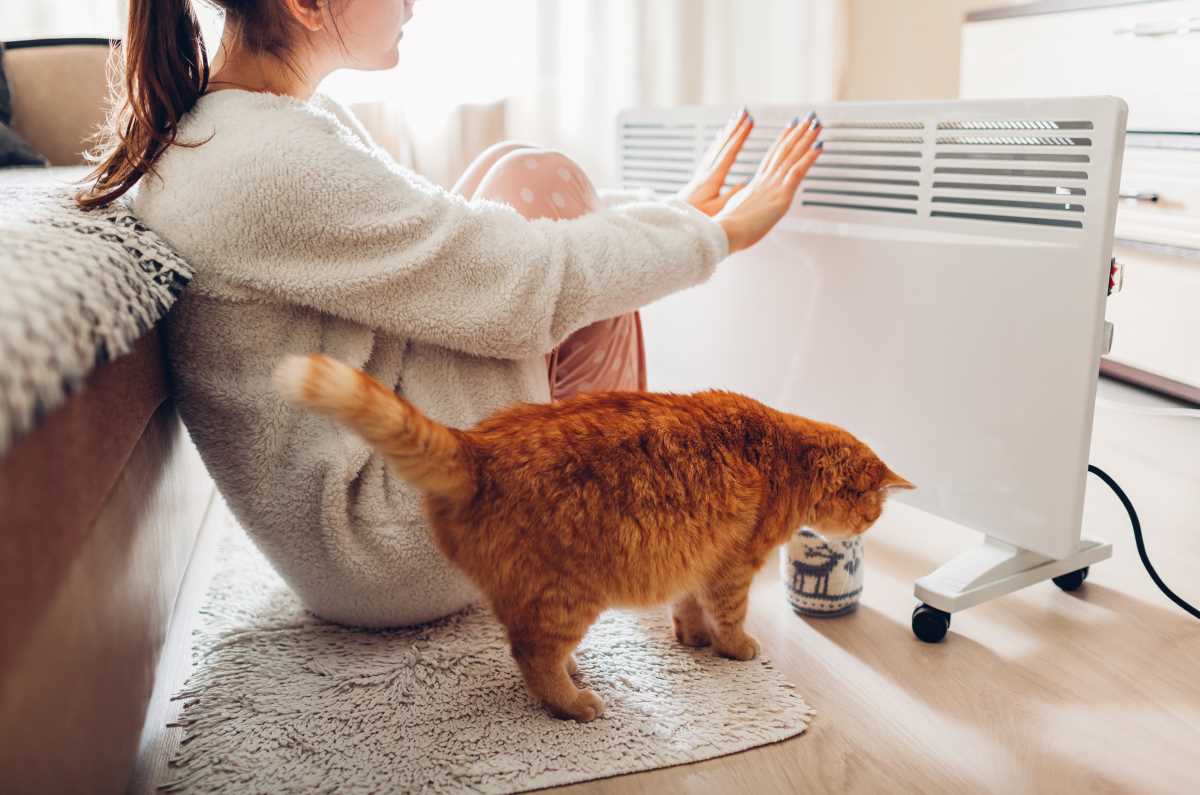And things you can do to manage
This blog was so full of info and strategies we had to split it into 2 parts. You can access part 1 here.
But here’s a recap: We know finding and keeping a job when you have a musculoskeletal condition like back pain, rheumatoid arthritis, osteoarthritis and gout can be really tough.
Pain, fatigue, medication side effects and the unpredictability of your condition can all affect your ability to work.
The extent to which this happens will depend on things such as the condition you have, how severe it is, how well it’s being managed, and the type of work you do. Physically demanding work will be impacted by painful joints or restricted movements. And any work that requires you to focus and concentrate, especially for extended periods, will be affected by brain fog, pain, and lack of sleep.
The good news is there are things you can do to help manage these issues. We’ve listed a bunch of strategies here. This is part 2 of our 2 part blog.
Note: we understand that some of these strategies may not be possible for all workplaces or conditions. However the majority of them can be adapted in some way to suit your needs.
Manage your meds. Sometimes medications cause side effects like nausea, headaches, lightheadedness, and drowsiness. This can make it really hard to concentrate at work, and may in fact make it dangerous to perform some work duties such as driving or operating machinery. If you find that your medications are causing issues for you, talk with your doctor about possible alternatives you can use.
You may also need to have a review of your medications if you find your condition’s not under control or you need more help managing pain and other symptoms. Again, talk with your doctor about this.
Get a good night’s sleep. We all go through periods when sleep is elusive. Chronic pain and anxiety are just a couple of things that can affect our ability to get enough quality sleep. But sleep is important for good physical and mental health, and to give us the ‘get up and go’ we need to get to work and work productively. If you’re having issues sleeping, don’t just put up with it. There are lots of things you can do to get the sleep you need.
Take a break. Get up, move and clear your head. We all need to take breaks for our physical and mental wellbeing. So walk to the photocopier or around the block, do some simple stretches, step outside and do some deep breathing or visualisation. Whatever helps you manage your pain, fatigue, and brain fog, do it.
Dealing with time off work. We all need time off from time to time, but for many people with musculoskeletal conditions, it may happen more often than we’d like. Attending healthcare appointments during working hours or having a flare means you may go through your personal leave quite quickly. If this is a concern or problem for you, discuss your options with your healthcare team. Are you able to attend appointments via telehealth or outside of your usual working hours? An occupational therapist or physiotherapist may have some solutions for working during a flare and to reduce the pain and strain on your joints. And if you’ve disclosed your condition to your employer, discuss your concerns with them. Together you should be able to develop a plan to help you balance time off and the work duties you need to complete. One of the silver-linings of the COVID pandemic is that we’ve discovered that many jobs can be done productively from home. So working from home may be an option. As too are aids and equipment that protect your joints and save energy, or even changing the work you do at your workplace. Being proactive and knowing your rights is key to working well with a musculoskeletal condition.
Managing changes to your abilities and functioning. Unfortunately some musculoskeletal conditions will change a person’s ability to do specific tasks. For example, someone with back pain may find sitting for long periods impossible. Or a person with arthritis in their hands may find repetitive work such as typing extremely painful. Talking with an occupational therapist or physiotherapist can help you find potential solutions to these issues. Whether it’s finding new ways to do work tasks, using special equipment and aids to support you and protect your joints, or managing your pain while at work, they’ll tailor a solution to your specific needs.
These are just some of the things you can do to manage your condition and continue to work. Feel free to share the things you do to help you manage at work with a musculoskeletal condition. We’d love to hear from you!
Call our Helpline
If you have questions about things like managing your pain, your musculoskeletal condition, treatment options, telehealth, or accessing services be sure to call our team. They’re available weekdays between 9am-5pm on 1800 263 265; email (helpline@muscha.org) or via Messenger.
Making the invisible visible
Read the report based on our 2020 National Consumer Survey – Making the invisible visible – in which 66% of people said that their ability to work had been impacted by their condition/s.
Watch our webinar
Watch the recording of our webinar from March 2021, as Jessica Dawson-Field, Employment Associate, Maurice Blackburn Lawyers, takes us through employment law – rights and entitlements.
More to Explore
JobsAccess
Australian Government
JobAccess is the national hub for workplace and employment information for people with disability, employers and service providers. It provides:
- a wide range of info and services to help people with disability find and keep jobs, get promoted to better jobs, upgrade or expand their workplace skills
- advice on modifying your work area, talking about your disability, training for your co-workers, negotiating flexible work arrangements and returning to work
- the Employment Assistance Fund (EAF) which gives financial help to eligible people with disability and mental health conditions and employers to buy work related modifications, equipment, Auslan services and workplace assistance and support services.
- and much more.
Work Assist
Australian Government
Work Assist can help you stay in work if you risk losing your job through illness, injury or disability.
I have a job and arthritis: Now what?
Arthritis Society Canada
Fatigue
National Rheumatoid Arthritis Society (UK)
Sleep and pain
painHEALTH
Managing flares
National Rheumatoid Arthritis Society (UK)

















